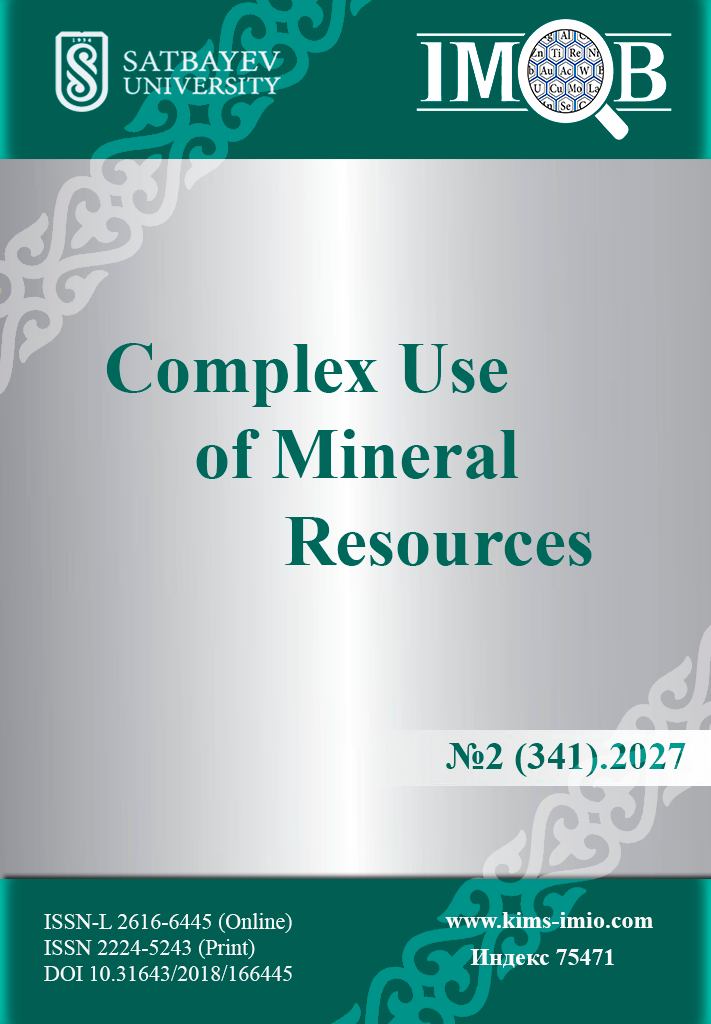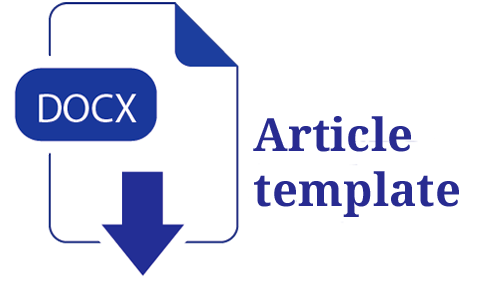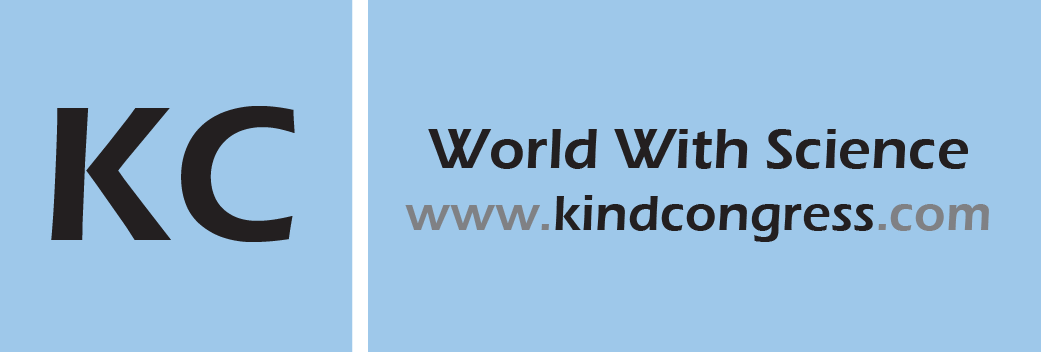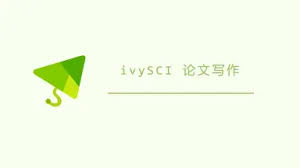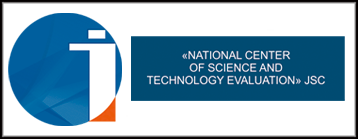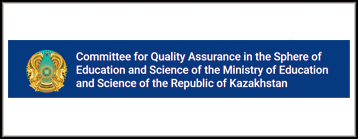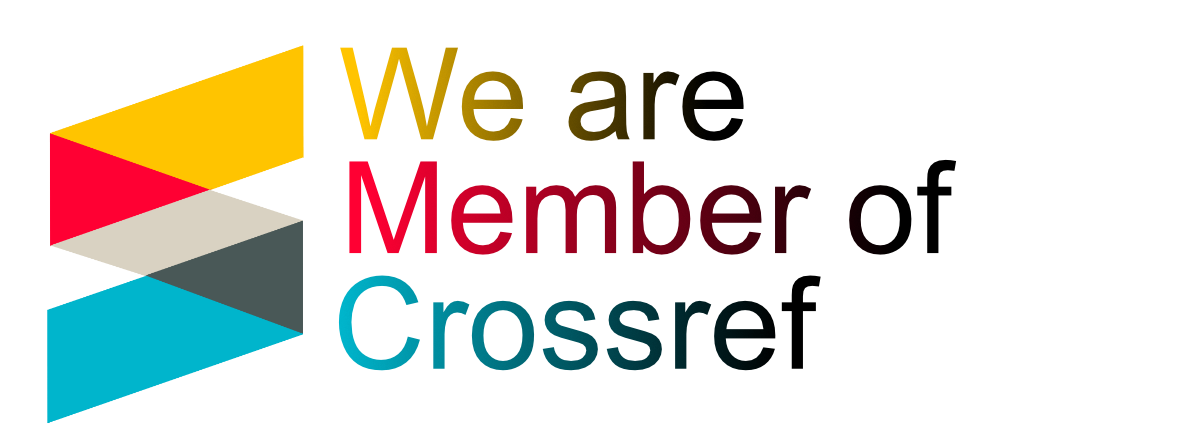Predicting Copper Production Cycles in Hydrometallurgy with Interpretable Machine Learning
DOI:
https://doi.org/10.31643/2027/6445.13Keywords:
machine learning, hydrometallurgy, time-series forecasting, data augmentation, copper extraction.Abstract
Accurate production forecasting in industrial hydrometallurgy is essential for process optimization yet is often hindered by the scarcity of extensive historical data. This study demonstrates the effectiveness of classical machine learning models as a data-efficient and interpretable alternative to complex deep learning methods for predicting total copper mass. We evaluated four models—Random Forest, Gradient Boosting, Decision Tree, and Linear Regression—using a methodology centered on two key strategies: synthetically expanding a limited 150-day dataset into 10,000 simulated cycles (approximately 1.5 million data points) via data augmentation, and engineering 10-day lag features to provide the models with a temporal perspective for a 10-step-ahead forecasting task. The results revealed exceptional predictive accuracy, with ensemble techniques proving superior. The Random Forest model emerged as the top performer, achieving an R² of 0.974, an MAE of 0.088, and an RMSE of 0.111, closely followed by Gradient Boosting (R² of 0.971). All models successfully captured the distinct 150-day cyclical dynamics of the production process, showing a near-zero phase lag (0.00 ± ≤0.05 days). While performance on new, independent data requires further validation, this work establishes a robust and transparent framework for developing reliable forecasting tools in data-limited industrial environments.
Downloads
References
Kuipers K J J, van Oers L F C M, Verboon M, and van der Voet E. Assessing environmental implications associated with global copper demand and supply scenarios from 2010 to 2050. Global Environmental Change. 2018; 49:106-115. https://doi.org/10.1016/j.gloenvcha.2018.02.008
Jena S S, Tripathy S K, Mandre N R, Venugopal R, and Farrokhpay S. ‘Sustainable Use of Copper Resources: Beneficiation of Low-Grade Copper Ores, Minerals. 2022; 12(5). https://doi.org/10.3390/min12050545
Ji G, Liao Y, Wu Y, et al. A Review on the Research of Hydrometallurgical Leaching of Low-Grade Complex Chalcopyrite. J. Sustain. Metall. 2022; 8:964–977. https://doi.org/10.1007/s40831-022-00561-5
Ali Z, Wilkes N, Raza N, and Omar M. Modified Hydrometallurgical Approach for the Beneficiation of Copper from Its Low-Grade Ore, ACS Omega. 2025; 10(15):14826–14834. https://doi.org/10.1021/acsomega.4c09656
Norgate T, and Haque N. Energy and greenhouse gas impacts of mining and mineral processing operations’. Journal of Cleaner Production. 2010; 18(3):266–274. https://doi.org/10.1016/j.jclepro.2009.09.020
Izydorczyk G, Mikula K, Skrzypczak D, Moustakas K, Witek-Krowiak A, and Chojnacka K. Potential environmental pollution from copper metallurgy and methods of management. Environmental Research. 2021; 197:111050. https://doi.org/10.1016/j.envres.2021.111050
Koizhanova A, Kenzhaliyev B, Magomedov D, Erdenova M, Bakrayeva A, & Abdyldaev N. Hydrometallurgical studies on the leaching of copper from man-made mineral formations. Kompleksnoe Ispolzovanie Mineralnogo Syra = Complex Use of Mineral Resources. 2023; 330(3):32–42. https://doi.org/10.31643/2024/6445.26
Bergh L G, Jämsä-Jounela S-L, and Hodouin D. State of the art in copper hydrometallurgic processes control. Control Engineering Practice. 2001; 9(9):1007–1012. https://doi.org/10.1016/S0967-0661(01)00093-4Get rights and content
Binnemans K, and Jones P T. The Twelve Principles of Circular Hydrometallurgy. J. Sustain. Metall. 2023; 9(1):1–25. https://doi.org/10.1007/s40831-022-00636-3
Mohanty U, Rintala L, Halli P, Taskinen P, and Lundström M. Hydrometallurgical Approach for Leaching of Metals from Copper Rich Side Stream Originating from Base Metal Production. Metals. 2018; 8(1):40. https://doi.org/10.3390/met8010040
Jia L, et al. Research and development trends of hydrometallurgy: An overview based on Hydrometallurgy literature from 1975 to 2019’. Transactions of Nonferrous Metals Society of China. 2020; 30(11):3147–3160. https://doi.org/10.1016/S1003-6326(20)65450-4
Vasebi A, Poulin É, and Hodouin D. Dynamic data reconciliation in mineral and metallurgical plants. Annual Reviews in Control. 2012; 36(2):235–243. https://doi.org/10.1016/j.arcontrol.2012.09.005
Jung D, and Choi Y. Systematic Review of Machine Learning Applications in Mining: Exploration, Exploitation, and Reclamation. Minerals. 2021; 11(2):148. https://doi.org/10.3390/min11020148
Saldaña M, Neira P, Gallegos S, Salinas-Rodríguez E, Pérez-Rey I, and Toro N. Mineral Leaching Modeling Through Machine Learning Algorithms − A Review. Front. Earth Sci. 2022; 10:816751. https://doi.org/10.3389/feart.2022.816751
Alván J M, Serrano Llenera Y R, Ramirez Laureano D, Delgado Torres A, Vargas Hurtado L, and Flores E. Predictive Model for Gold and Silver Recovery by Leaching Using Machine Learning at the Inmaculada Mine. Perú. Elsevier BV. 2024. https://doi.org/10.2139/ssrn.4967518
Flores V, and Leiva C. A Comparative Study on Supervised Machine Learning Algorithms for Copper Recovery Quality Prediction in a Leaching Process. Sensors. 2021; 21(6):2119. https://doi.org/10.3390/s21062119
Estay H, Lois-Morales P, Montes-Atenas G, and Ruiz Del Solar J. On the Challenges of Applying Machine Learning in Mineral Processing and Extractive Metallurgy. Minerals. 2023; 13(6):788. https://doi.org/10.3390/min13060788
Nikolić I P, Milošević I M, Milijić N N, and Mihajlović I N. Cleaner production and technical effectiveness: Multi-criteria analysis of copper smelting facilities. Journal of Cleaner Production. 2019; 215:423–432. https://doi.org/10.1016/j.jclepro.2019.01.109
Kenzhaliyev B, Azatbekuly N, Aibagarov S, Amangeldy B, Koizhanova A, and Magomedov D. Predicting Industrial Copper Hydrometallurgy Output with Deep Learning Approach Using Data Augmentation. Minerals. 2025; 15(7):702. https://doi.org/10.3390/min15070702
James, Gareth & Witten, Daniela & Hastie, Trevor & Tibshirani, Robert & Taylor, Jonathan. (2023). Linear Regression. 2023, 69–134. In book: An Introduction to Statistical Learning. https://doi.org/10.1007/978-3-031-38747-0_3
Zhalgas A, and Toleubek M. A comparative analysis of machine learning classifiers for stroke prediction. Jpcsit. 2024; 2(3):21–29. https://doi.org/10.26577/jpcsit2024-02i03-03
Mahajan A, Gairola S, Singh I, and Arora N. Optimized random forest model for predicting flexural properties of sustainable composites. Polymer Composites. 2024; 45(12):10700–10710. https://doi.org/10.1002/pc.28501
Zhang Z, Zhao Y, Canes A, Steinberg D, and Lyashevska O. Predictive analytics with gradient boosting in clinical medicine. Ann. Transl. Med. 2019; 7(7):152–152. https://doi.org/10.21037/atm.2019.03.29
Downloads
Published
How to Cite
Issue
Section
License
Copyright (c) 2025 B.K. Kenzhaliyev, S.Zh. Aibagarov, Y.S. Nurakhov, A. Koizhanova, D.R. Magomedov

This work is licensed under a Creative Commons Attribution 4.0 International License.

